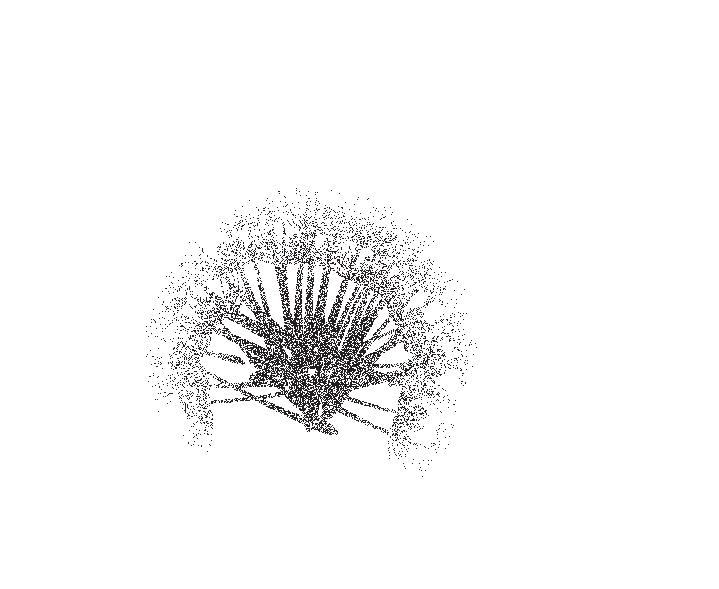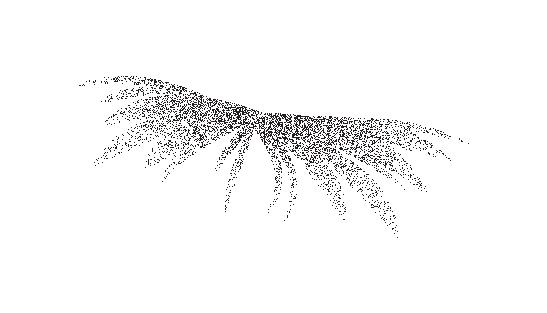
3 minute read
O M E…










HBy D r . JEFF DEVENS Personal Academic Counselor
Having lived in three different countries during this time, I’m keenly aware that Singapore is not my home, even though we have lived here for 21 years. I was reminded earlier today that I am not the only one who is homeless. A friend and colleague of 11 years shared that they would be moving at the end of the school year. These feelings of homelessness shouldn’t surprise me, but they do. With each Singapore American School graduating class, I know that another cohort of students will experience similar feelings as they transition to university and beyond. Some will choose to settle in one country, making it their permanent home. Others may not feel at home in any particular country, including their country of passport, and choose to live the life of a sojourner.
Author Shoshana Zuboff notes, “It is in the nature of human attachment that every journey sets in motion the search for home; however, we know it’s not always possible, or even desirable, to return to the same patch of earth. Home need not always correspond to a single dwelling or place. We can choose its form and location but not its meaning. Home is where we know and where we are known, where we love and are beloved.”


What unites us is a connection with those who have shared similar life experiences. I’m reminded of Zuboff’s words as I think of the former SAS educators I’ve had the privilege of serving alongside, including Nat and Rose Bava, Mike Norman, Bob Dodge, Kim and Duane Melsom,

Jim Baker, Andy and Shelly Donahue, Bob Dodge, Jeff and Donna Hinton, Frans and Natalie Grimbergen, Tim Thompson, Chip and Patty Miller…and that bird of theirs, Mark and Audrey Forgeron; superintendents Bob Gross, Brent Muntsch, Chip Kimball; and administrators Alan Bready, Marian DeGroot, Doug Neihart, Dave Norcott, Tim Stewart, and Stephen Ly. And, of course, counselors and psychologists Frieda Dietrich, Dale Ford, Nathan Schelble, Katie Freeman, Dave Putnam, Steve Petraglia, Sue Nesbitt, to name a few. I suspect many alumni can recall shared life experiences with these impactful educators, as well as fellow students whom they made sure felt known, loved, and beloved throughout their time at SAS.
Not even the physical structures have permanence. As I type these words, significant construction is underway on campus. Within the next few years, new elementary and middle schools will be built. With ongoing renovations, the campus will change, so much so if you left a few years ago and returned to visit, you would not recognize the spaces and places. While these physical changes are welcome former SAS Superintendent Bob Gross notes, “From its inception in 1956, SAS has focused on creating a vibrant learning environment that is child-centered, international in perspective, engaging, active and critical.”
In the midst of learning, there is constant transition. Dr. Doug Otto, psychologist and International educator, notes in his book Safe Passages that there are Six Laws of Transition:
LAW 1
You have to say a clear “goodbye” in order to say a clear “hello.” We have to grieve well to leave well.

LAW 2
For every connection, there is an equal and opposite connection. For a person to connect with others, that other person must be willing and able to make the connection.
LAW 3
The Transition Team is the Transition Team for the Transition Team. We are all, at some point, moving on.
LAW 4
A person's role within a school is subject to drift. Arrivers become stayers, and stayers become leavers. Arrivers need to be helped to consider accepting the roles and responsibilities of the stayers when the time comes.
LAW 5
Humans need safe attachments to the community. We all need a place(s) and space(s) to belong.
LAW 6
An international school should conceive of itself as a transitional attachment object for its clientele. We need to be intentional in building community in our actions, activities, and architecture.

The international school community is unique, filled with individuals who have experienced multiple transitions and have had to redefine what being at home means. While our physical presence may not be permanent, the connections and memories fostered through friendships will last a lifetime. How about you? I suspect some of you reading this are alumni. The relationships you formed while attending SAS mattered, and still do. When was the last time you took a moment to connect with a former classmate, teacher, counselor, or administrator, letting them know of the positive impact they have had on your life during your time attending or serving at SAS?
I’m fully aware that my time at SAS too will come to pass. I don’t view this with trepidation. Rather, in our remaining years, with gratitude, I intend to bask in the “awe” international education has provided me and our family throughout our international career.









